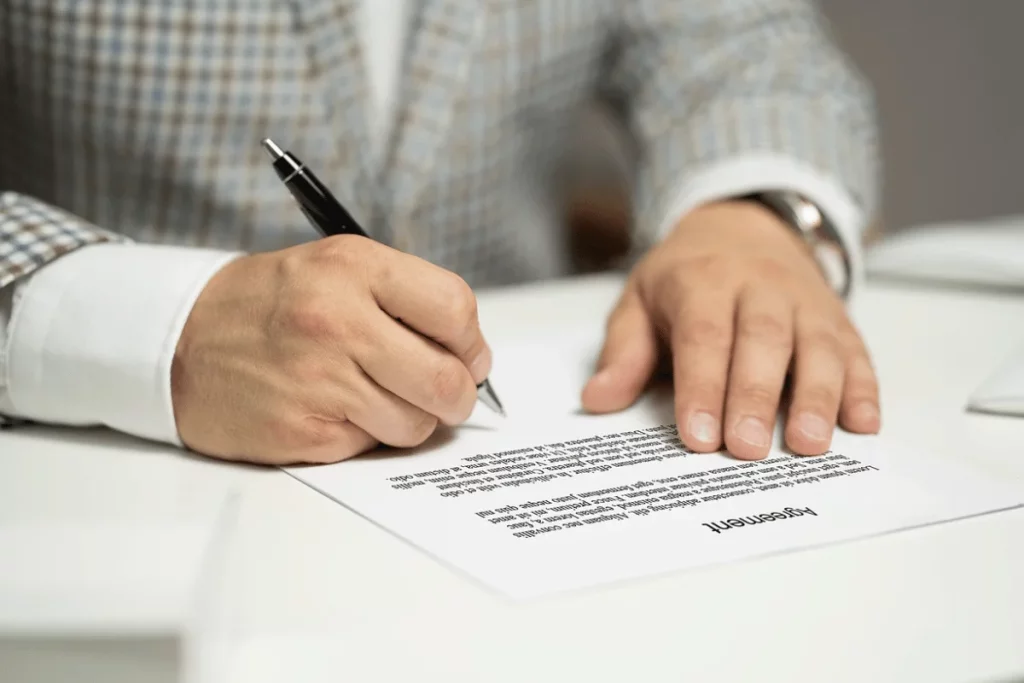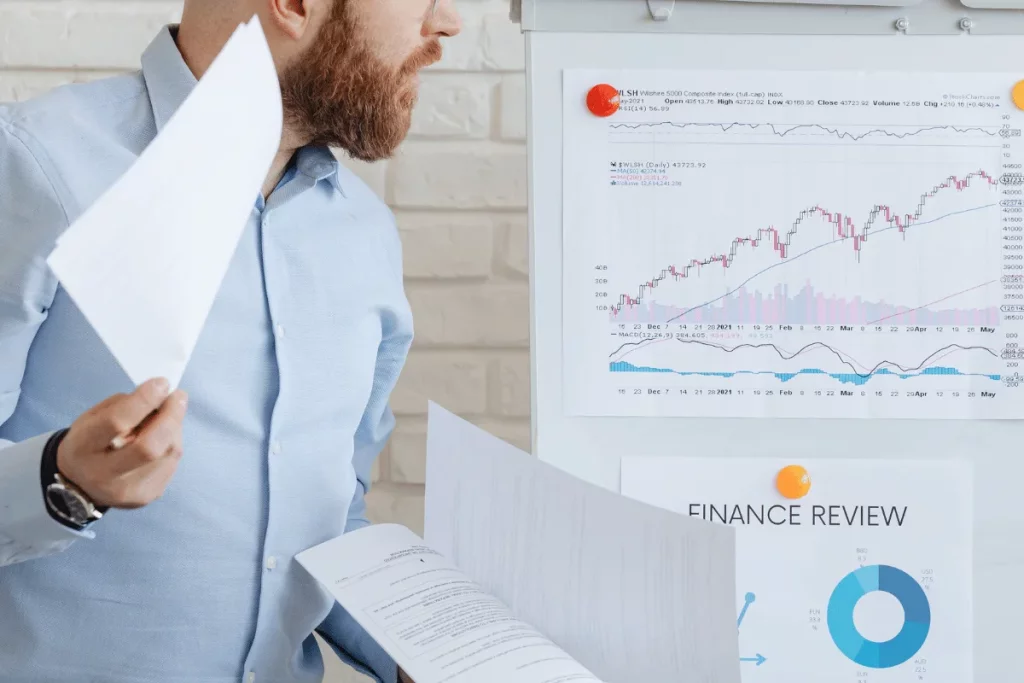The M&A process involves many steps and stakeholders, both on the sell side and the buy side. In this ultimate guide, we'll outline the process from beginning to end, its timeline, and the stakeholders involved.
Because of the many steps in mergers and acquisitions, your business exit may be challenging if you do it alone. The entire process is just one cog in the wheel. You'll want to have the right team to maximize your outcome.
Exitwise exists to help founders and business owners like you find the best M&A attorneys, valuers, investment bankers, and other experts tailored to your industry. Book a strategy session with us at Exitwise to shape your way to a successful M&A deal.

An M&A process refers to the series of activities or steps a business or company goes through when acquiring or combining with another business or company.
The M&A deal process involves many activities, from pre-deal research and planning to due diligence and closing to transition and integration, which we'll discuss in this article.
The M&A process lifecycle is a holistic layout of the end-to-end course of action and chain of milestones a prospective merger or acquisition goes through between early exit planning or acquisition planning and post-closing integration.
A structured M&A process refers to a merger and acquisition end-to-end workflow that follows a specific format or framework.
The purpose of the framework is to streamline the entire process and even allow for repeatability whereby buyers and sellers can imitate the design closely and achieve similar or nearly similar results.
As one of the many stages of mergers and acquisitions, the M&A due diligence process is the comprehensive examination and verification of information about a buyer, seller, and the potential deal.
Due diligence by the buyer on you and your business is called buy-side due diligence. The buyer reviews information about you and your business to determine if the business is right for them.
The due diligence you do on your own business is called sell-side or reverse due diligence. You can also conduct due diligence on the buyer and their company to ensure they fit your business and interests.

The M&A process stages are the interrelated major functions under which interconnected activities or tasks are completed consistently to result in a successful merger or acquisition.
Each stage comprises several tasks that may be broken down into further activities.
Let's check out the typical stages of mergers and acquisitions on the sell side:
The sell-side process usually starts when you decide to sell your business for a specific motive.
The initial plans may include preparing your financial statements, hiring M&A consultants, and preparing company and marketing documents.
The plan can also include initial sell-side due diligence, valuing the company, preparing a virtual data room, and marketing the company. You can use the free Exitwise valuation calculator to estimate the value of your company.
Once your M&A team markets your business using a teaser and receives M&A Indications of Interest and bids, they can review them to qualify the buyers.
The team can also meet potential buyers and review and negotiate critical issues in Letters of Intent, term sheets, the final merger agreement, and the final definitive purchase agreement.
Your M&A advisory team can negotiate further with the buyer you choose and agree with them on the deal structure, final sale price, warranties, limitations, and indemnities.
The involved parties then sign the purchase agreement to close the deal.
The transition and integration tasks after the deal closes include fulfilling the buyer’s conditions, transferring ownership, and helping the new owner settle into the company.
Other tasks may include announcing the sale, purchase price allocation, compliance, getting any pending consents, and announcing the sale.

M&A processes typically have varying timelines, depending on deal complexity, the preparedness of both you and the buyer, and market conditions.
The timeline can be a month or a few months to one year or several years.
Since delays can kill a potential business sale, you'll want to ask for a fair purchase price, find the most fitting buyer sooner, and time the sale correctly in relation to the prevailing market conditions.

Here's what your mergers and acquisition process may look like:
Some activities at this stage include preparing financial statements, initial reverse due diligence, and informing your employees of the potential sale.
You'll need to hire the right M&A experts to help with tasks such as preparing a comprehensive M&A exit plan, meeting up a virtual data room, valuing your business, and preparing marketing and other deal documents.
Your team helps you review and negotiate the agreement.
Some tasks at this stage may include transferring ownership to the buyer, receiving payment, fulfilling any pending closing conditions, and sell-side purchase price allocation.
Mastering the whole sell-side M&A process can be tricky. We can help you find the best M&A experts in your industry to streamline it. Reach out to our Exitwise team members today to get started!

Here's what the process of M&A looks like on the buyer's side:
The buyer can make payments as agreed, announce the purchase, and conduct buy-side purchase price allocation.

You can take the steps below to manage mergers and acquisitions risks:

We built Exitwise to help founders and business owners like you hire and manage the best specialized M&A experts, such as investment bankers, attorneys, accountants, and business valuers.
We follow a proven three-stage process that involves an initial consultation, interviewing and hiring experts, and negotiating favorable terms with them on your behalf.
Consult with us to find your dream M&A team for an optimal exit.

Check out these common questions about the M&A process:
A hostile takeover is an acquisition in which the acquirer doesn't seek the consent of the management team and instead negotiates directly with the company's shareholders.
The M&A process typically involves the buyer, you as the seller, and the M&A teams of both sides.
The M&A team we help you work with at Exitwise usually includes wealth advisors, investment bankers, corporate attorneys, business valuers, tax accountants, and brokers.
In a merger, two or more companies combine to form a new entity, and the old companies cease to exist.
In an acquisition, the acquirer takes over the target company, which usually continues as a subsidiary with the acquirer as the parent company.
A horizontal merger or acquisition involves direct competitors at the same level of the supply chain combining into one entity to lower competition and increase market share.
In a vertical merger or acquisition, companies operating at different stages of the production process or supply chain combine to lower costs and improve supply chain efficiency.
Working with the right professionals and mastering the M&A process on both sides of the deal can help you sell your company sooner and at the best sale price possible.
Chat with us at Exitwise today so we can help you hire your dream M&A experts to simplify the process for you and maximize your exit.
Let Exitwise introduce, hire and manage the best, industry specialized, investment bankers, M&A attorneys, tax accountants and other M&A advisors to help you maximize the sale of your business.

